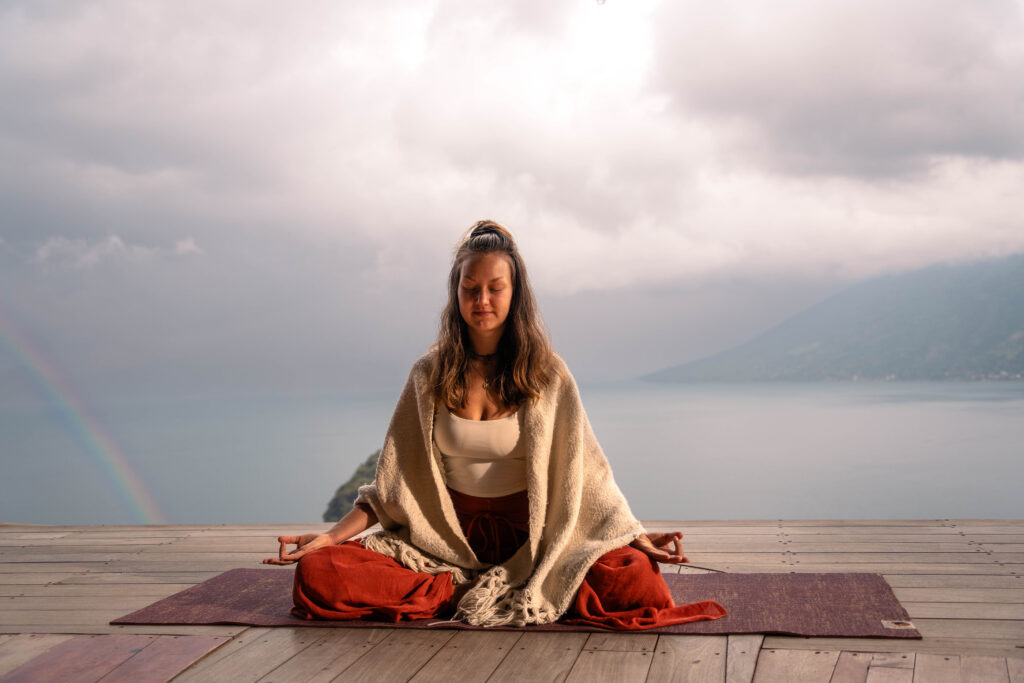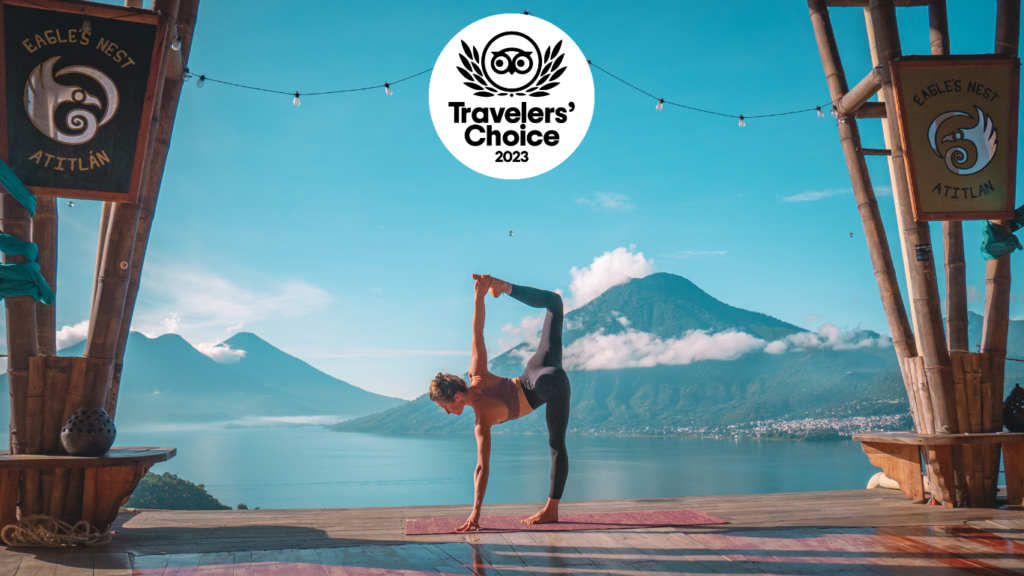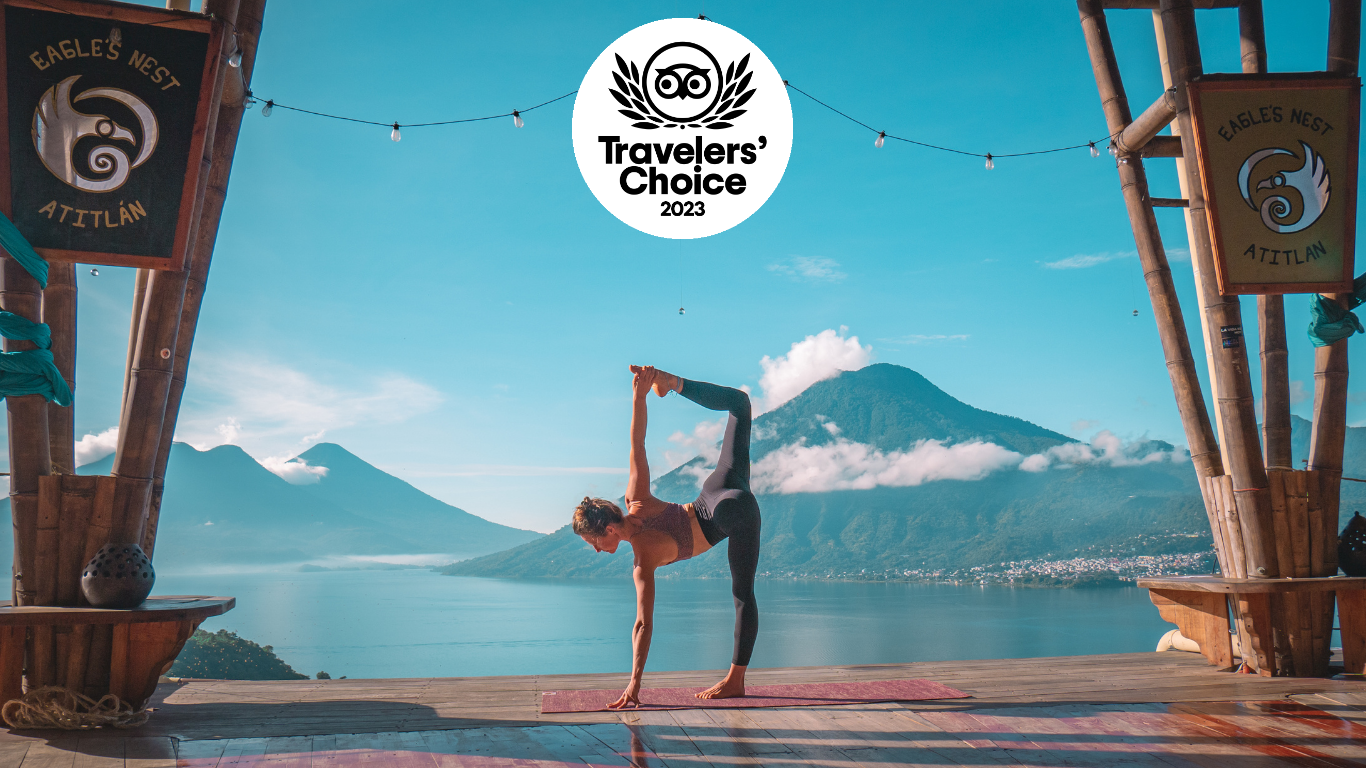Unlock The 5 Wonderful Benefits of Somatic Yoga for Beginners

Understanding Somatic Yoga
What is Somatic Yoga?
Somatic Yoga is an innovative practice that provides a unique approach to body awareness and movement. It centers around the concept of reeducating the brain-to-body connection and prioritizes internal bodily sensations over external appearance or attainment of poses. With its emphasis on the somatic experience, Somatic Yoga encourages individuals to explore movement in a gentle, exploratory way that cultivates a deep sense of awareness and connection with oneself.
Origins and History of Somatic Yoga
The origins of Somatic Yoga are found in the pioneering work of Thomas Hanna in the 1970s. Hanna’s concept of “somatics” fused ideas from bodywork, movement therapy, and psychology, creating a new holistic framework for self-healing. This system focuses on the internalized perception of body and movement, allowing practitioners to cultivate a more sentient control over their physiological functions. As a modern evolution of ancient yoga practices infused with Hanna’s somatic principles, Somatic Yoga stands today as a gentle and introspective path toward enhanced bodily function and mental clarity.
Why Choose Somatic Yoga for Beginners
Physical and Mental Benefits
Engaging in Somatic Yoga brings a myriad of benefits that extend beyond the physical realm. For beginners, the practice can serve as a therapeutic tool for releasing deep-seated muscular tension and improving bodily functionality. This technique is particularly adept at enhancing neuromuscular communication, leading to smoother, more coordinated movements. On the mental level, Somatic Yoga’s measured, thoughtful approach promotes a sense of calm, helps in stress reduction, and aids in cultivating a quiet, reflective state. The marriage of physical and mental exercises in Somatic Yoga promotes a holistic wellness that can adapt to any lifestyle or fitness goal.
Comparison with Traditional Yoga
Somatic Yoga presents an alternative for those who may feel overwhelmed by traditional yoga’s physical demands. Where traditional yoga emphasizes achieving challenging poses and building strength, Somatic Yoga takes a softer approach, focusing on ease and comfort in movement. This practice encourages beginners to honor their own body’s capabilities and limitations, providing a nurturing environment that places personal, internal experience above the mastery of external postures. Somatic Yoga’s accessibility makes it a desirable choice for those beginning their wellness journey or looking to deepen their mindfulness practices.
Getting Started with Somatic Yoga
Fundamental Poses and Techniques
When starting Somatic Yoga, beginners will engage with basic postures and movements that highlight the fundamentals of the practice. Core exercises may include movements that promote spinal health, such as gentle rotations and flexions, foundational breathing techniques like diaphragmatic breathing, and simple stretches that encourage a deep connection between mind and bodily sensations. The aim is not to perform large or complex movements but rather to allow for an intimate exploration of the body’s potential through attentiveness to minimal, deliberate actions coupled with harmonious breathing patterns.
Tips for a Successful Practice
Building a successful practice in Somatic Yoga involves starting with short, carefully controlled sessions, slowly expanding the time spent as ease and familiarity with the movements develop. Attention to breath synchronization with motion is essential, as it fosters an immersive experience. Creating a serene, dedicated space for practice can also help maintain focus and enhance the meditative aspect of Somatic Yoga. Finally, consistency is the cornerstone of progress; hence, it’s advisable to incorporate this practice into a regular routine, gradually developing a personal, profound understanding of one’s body.
Common Mistakes to Avoid
Overcoming Common Challenges
Beginners in Somatic Yoga might experience the inclination to speed through the exercises, which goes against the practice’s intention of conscious, gradual engagement with the body’s sensations. It is vital to embrace a slow pace to honor the contemplative nature of Somatic Yoga and reduce the risk of injury. As such, developing a mindful presence during practice is key, with an emphasis on being fully present with each movement and breath, and it’s here that the real transformative power of Somatic Yoga takes hold.
Ensuring Proper Alignment
For newcomers to Somatic Yoga, correct alignment is crucial to gain the most from the practice while avoiding strain or injury. Struggles with alignment are common, but they can be mitigated by using mirrors or video recording for self-assessment. Core engagement and a mindful approach to maintaining a neutral spine are vital, as they are foundations for safe movement. If assistance is needed, guidance from a certified instructor should be sought to ensure proper technique and alignment is achieved, thus making the practice both effective and rewarding.
Additional Resources
Recommended Books and Videos
To deepen one’s practice and understanding of Somatic Yoga, various resources are available that cater to different styles of learning. Thomas Hanna’s seminal book offers a theoretical foundation to understand the link between somatic awareness and physical well-being. Supplementing reading with visual tools such as instructional videos online can greatly benefit those who learn best through visual guidance. These resources provide step-by-step walkthroughs and can serve as a valuable complement to independent practice.
Finding a Certified Instructor
Personalized instruction from a certified Somatic Yoga teacher can greatly enrich one’s learning experience. Such professionals are well-versed in the nuances of the practice and can offer constructive feedback and modifications that cater to individual needs. Searching for certified instructors through reputable organizations or local yoga studios is advisable, and many also offer the convenience of online lessons, making the practice more accessible. The interaction with a knowledgeable instructor can not only ensure safe and correct practice but also significantly expand the practitioner’s ability to absorb and apply the principles of Somatic Yoga.

FAQ: Questions and Answers of somatic yoga for beginners
What is somatic yoga for beginners?
Somatic Yoga for beginners is a gentle and mindful practice that focuses on slow, deliberate movements to enhance body awareness and release muscular tension. Unlike traditional yoga, somatic yoga emphasizes internal perception and the sensory experience of movement rather than achieving specific postures. Beginners are encouraged to tune into their body’s sensations, which fosters a greater sense of connection and relaxation. This practice is particularly beneficial for those looking to alleviate chronic pain, improve mobility, and reduce stress, as it helps to re-educate the nervous system and promote natural, efficient movement patterns.
Does somatic yoga actually work?
Yes, somatic yoga has been found to be effective for many people. The practice works by addressing the root causes of physical discomfort and chronic pain through mindful movement and body awareness. It helps to retrain the brain and body to move in more efficient and less painful ways. Various studies and anecdotal evidence suggest that somatic yoga can significantly reduce symptoms of conditions such as fibromyalgia, back pain, and tension headaches. Additionally, it can enhance overall well-being by reducing stress, improving sleep quality, and increasing flexibility and strength. Its efficacy often depends on consistent practice and the individual’s specific needs and conditions.
Can you lose weight with somatic yoga?
While somatic yoga is not traditionally viewed as a weight-loss exercise, it can contribute to weight management indirectly. The primary benefits of somatic yoga are increased body awareness and stress reduction, which can lead to healthier lifestyle choices. By promoting a deeper connection with the body and calming the nervous system, individuals may find it easier to make mindful eating decisions and manage emotional eating. Additionally, the practice can improve metabolic function and muscle tone, which supports overall fitness. However, for significant weight loss, somatic yoga should be combined with a balanced diet and more intense forms of physical activity.
What is the difference between regular yoga and somatic yoga?
The main difference between regular yoga and somatic yoga lies in their approach and focus. Regular yoga often emphasizes achieving specific postures (asanas), flexibility, strength, and sometimes spirituality. The practice typically follows a structured sequence of poses and can vary in intensity from gentle to rigorous. Somatic yoga, on the other hand, prioritizes internal experience over external form. It focuses on slow, mindful movements aimed at increasing body awareness and releasing habitual muscular tension. While both practices aim to improve overall well-being, somatic yoga is particularly effective for those looking to address chronic pain, improve mobility, and reduce stress through a more meditative and therapeutic approach.
How often should you practice somatic yoga?
For beginners, it’s recommended to start with somatic yoga sessions 2-3 times a week. This frequency allows your body to gently acclimate to the new movements and promotes consistent progress without overexertion. As you become more comfortable with the practice, you can increase the frequency to daily sessions if it fits your schedule. Somatic yoga is designed to be gentle, so daily practice can be beneficial for maintaining and improving body awareness, flexibility, and reducing stress. It’s important to listen to your body and practice at a pace that feels right for you.
What should you wear for a somatic yoga session?
Comfortable, loose-fitting clothing is ideal for a somatic yoga session. Since the practice involves gentle, mindful movements, it’s important to wear attire that allows for a full range of motion without restriction. Yoga pants, leggings, or shorts paired with a soft, breathable top are excellent choices. Avoid wearing clothing with zippers, buttons, or other hard elements that could dig into your skin during floor exercises. Additionally, practicing barefoot or with grip socks will help you maintain stability and connection with the mat.
What equipment is needed for somatic yoga?
Somatic yoga requires minimal equipment, making it accessible for beginners. A supportive yoga mat is essential to provide cushioning and stability during floor exercises. Additionally, having a few props on hand can enhance your practice. These include a yoga block, strap, and a bolster or pillow for added support during certain positions and movements. A blanket can also be useful for added comfort and warmth during relaxation phases. Although not necessary, some practitioners may also enjoy using a meditation cushion for seated practices.
Can somatic yoga help with stress and anxiety?
Yes, somatic yoga can be highly effective in managing stress and anxiety. The practice emphasizes slow, mindful movements and deep breathing, both of which are shown to activate the parasympathetic nervous system, promoting a state of relaxation and calm. By focusing on internal sensations and body awareness, somatic yoga helps individuals reconnect with their bodies and be present in the moment, a therapeutic approach that can significantly reduce symptoms of stress and anxiety. Regular practice can improve emotional regulation, enhance sleep quality, and overall, create a balanced state of mind, making it a valuable tool for mental well-being.
Summary of somatic yoga for beginners
Somatic Yoga provides a gentle, mindful approach to yoga, making it ideal for beginners seeking to connect deeply with their bodies while reaping numerous physical and mental benefits. By understanding its origins, advantages over traditional yoga, and essential techniques, along with being mindful of common pitfalls, beginners can embark on a fulfilling and enriching journey. Whether through books, videos, or certified instructors, the resources available can support and enhance your Somatic Yoga practice.

Looking for a place to stay? At Eagles Nest Atitlan we offer all inclusive rooms. Take advantage of the yoga classes, delicious traditional food, and breathtaking views that are at your disposal. Book here.



